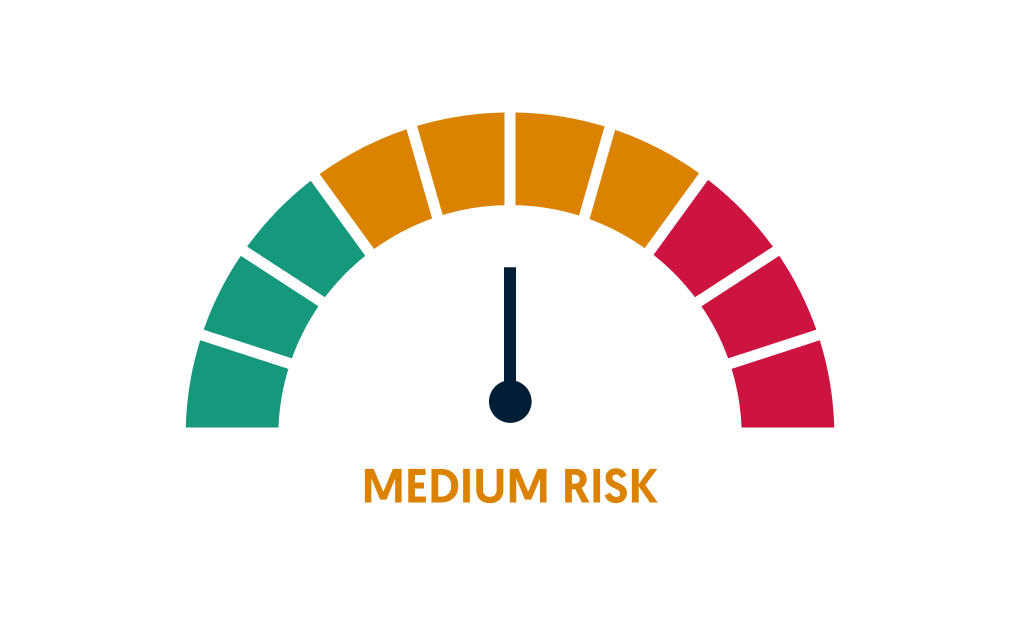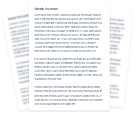Patent Assignment
Create quality document for your Patent Assignment with instant document builder of Lawpath. Transfer up to four patents or applications easily. Draft yours now!
(0 reviews)
Last updated November 18, 2025
Under 10 minutes
Suitable for Australia
Written by Edwin Montoya Zorrilla
Reviewed by Damin Murdock
Document Overview
A Patent Assignment transfers ownership of a patent from one person or entity to another. This transfer can happen for a variety of reasons, such as the sale of a business, the transfer of assets in a merger or acquisition, or the licensing of a patent.
This document allows you to assign up to four patents or patent applications to another party. It is an important tool for managing patent ownership and protecting intellectual property rights. Certain clauses in this document allow you to assign patents that are registered in Australia or abroad.
If you are a co-owner of a patent (i.e., you are one of several parties that own that patent), note that you will require the consent of your other co-owners before that patent can be assigned. For further information, please follow this link.
It is typically used when an inventor or company wants to assign their patent rights to another party. The Patent Assignment includes details such as the name of the patent owner, the name of the assignee, the patent number, and a description of the patent rights being transferred.
The Legal Risk Score of a Patent Assignment Template
Our legal team have marked this document as medium risk considering:
- The document must be properly executed as a deed.
- There is a potential for incomplete transfer of rights if all necessary supplementary documents and actions are not executed beyond the initial agreement, as the document requires further actions to perfect and carry into full force the intended transfer.
- The assignment is comprehensive, transferring all rights in the patents including future claims and legal actions, which might limit the original owner's control or future benefits from the patents.
Users familiar with patent assignments and related legal processes may find this document straightforward, but should be cautious of the implications of the full transfer of rights and the need for thorough follow-through on all stipulated requirements.

Patent Assignment Checklist
Complete your free Patent Assignment with our checklist
Ensure Proper Execution of the Deed
Make sure that the deed is signed by all relevant parties as required and witnessed if necessary to ensure its legal validity.
Document Filing
File the completed and signed document with the appropriate patent office to record the assignment officially.
Follow-up on Necessary Documents
Assignor should execute any additional required documents, petitions, or assignments as stated
What are the benefits of a Patent Assignment?
For the assignor:
- The assignor can receive financial compensation for transferring ownership of the patent.
- Assigning the patent to someone else means that the assignor will no longer be responsible for maintenance fees or other costs associated with maintaining the patent.
- If the assignor is no longer interested in using or commercialising the invention covered by the patent, a patent assignment ensures that the assignor is not liable for legal issues that arise from the use of the patent.
For the assignee:
- The assignee gains full ownership and control over the patent, including the ability to license, sell, or enforce it.
- Owning a patent gives the assignee the right to exclude others from making, using, or selling the invention covered by the patent for a period of time.
- The assignee may be able to commercialise the invention covered by the patent and generate revenue from it.
What does a Patent Assignment provide?
- Space for the assignment of up to four patents or patent assignments;
- Provisions designed to account for patents registered in a jurisdiction outside of Australia;
- A comprehensive list of warranties provided by the assignor in clause 8, which may be modified if required.
What does the Patent Assignment cover?
- Background.
- Further action.
- Costs.
- GST.
- Delivery of documents.
- Warranties and indemnity.
- Entire agreement.
- Applicable law.
- Amendments.
- Severability.
- Charges.
Further information:
View Sample Patent Assignment
It's never been so easy
Sign-up to a free Lawpath account
Get started and we'll take care of you. It's that easy.
Browse our 500+ legal documents
Browse our 500+ legal documents to find the perfect match to cover your business needs. We've got Compliance, Employment, Service agreements and more.
Collaborate with e-Sign and Sharing
Having access to your legal documents has never been easier. You can request e-signature, share the document and download for an efficient collaboration.
Create unlimited legal documents and eSignatures for only $39/month.
Upgrade to a Lawpath legal plan to boost your new business.


Here's what people say about Lawpath's Patent Assignment
Reviews are managed by BazaarVoice and comply with the BazaarVoice Authenticity Policy. Reviews are independently verified by BazaarVoice and detail our customers' real experiences.
0 reviews
Most Recent
Highest to Lowest Rating
Lowest to Highest Rating

